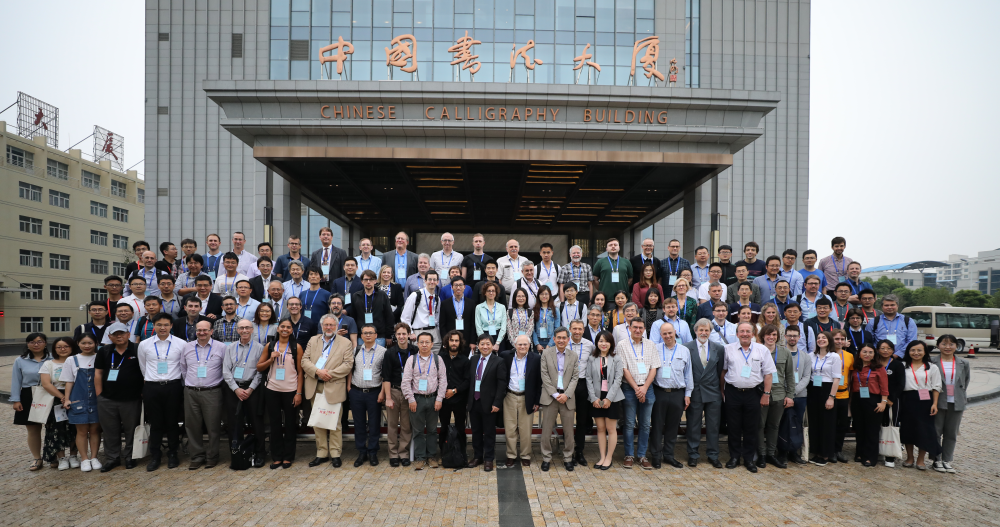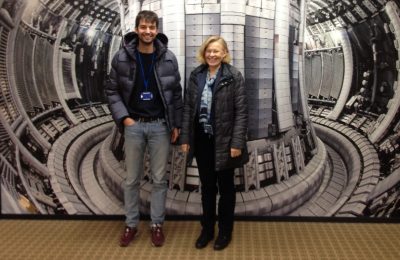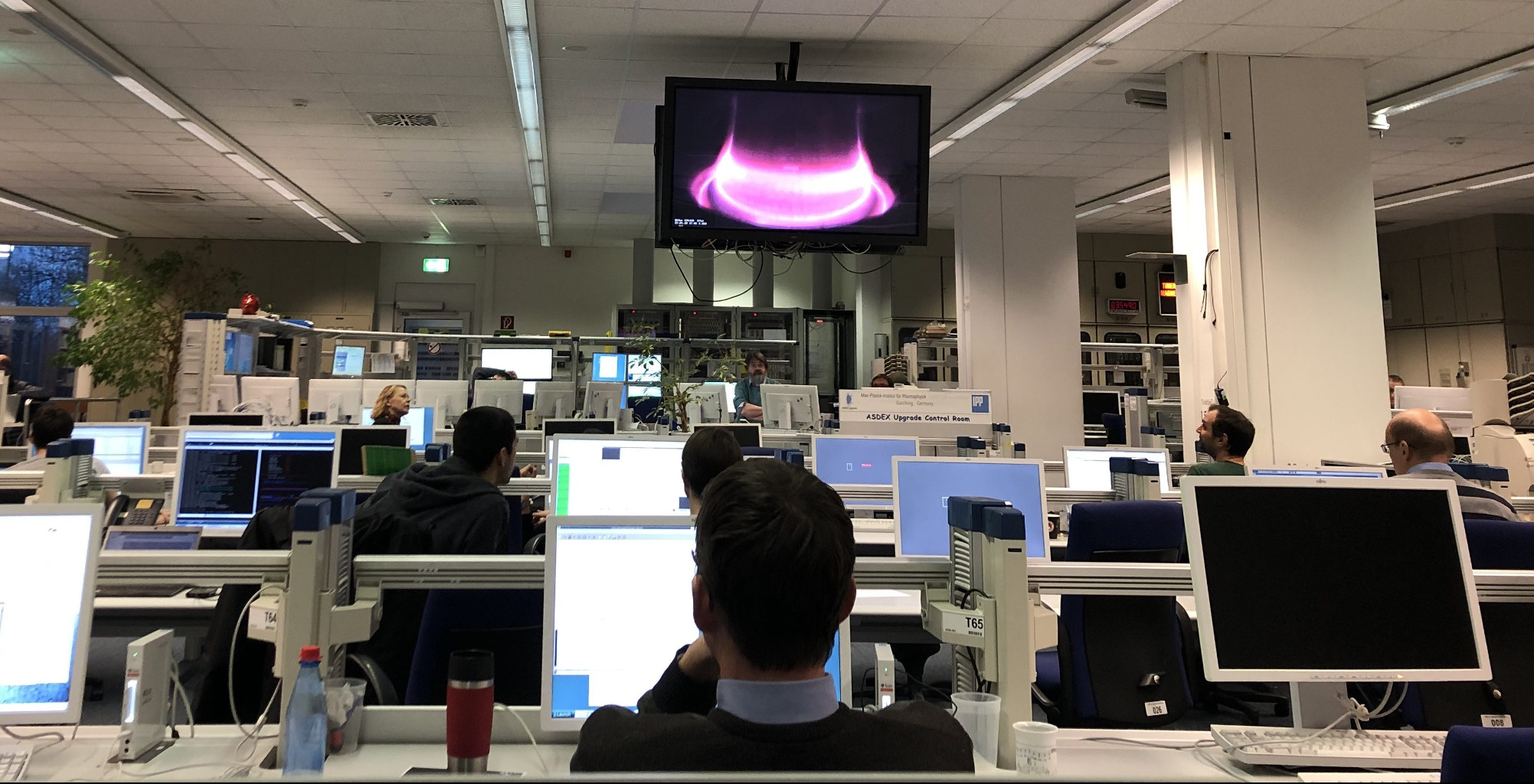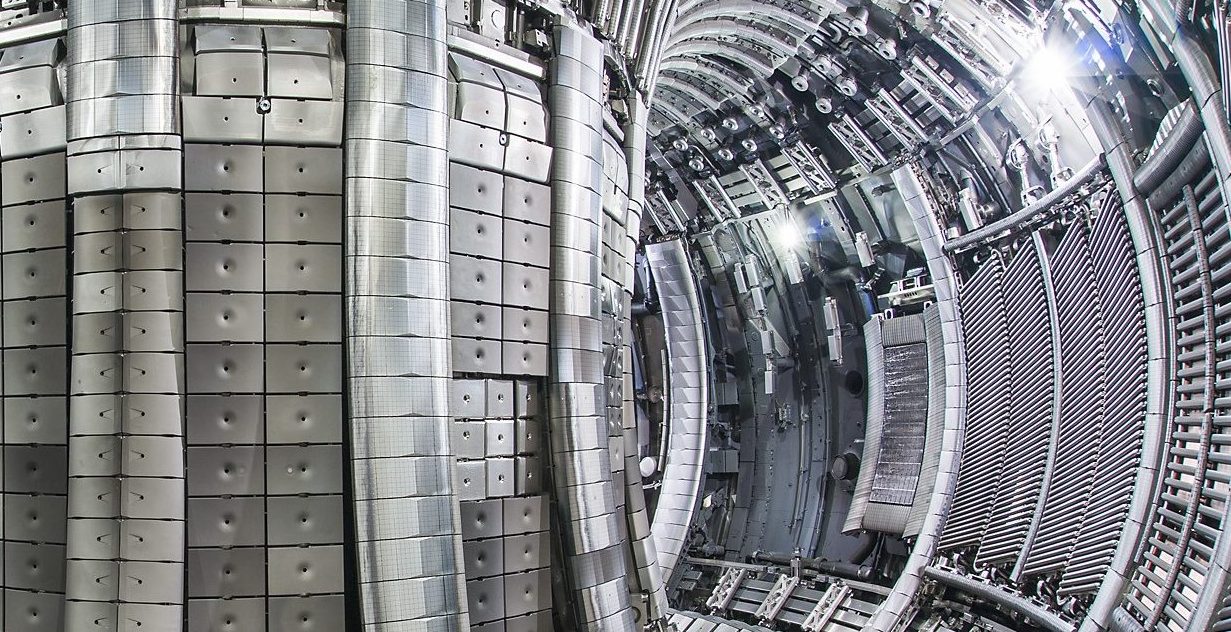
Two members of our fusion group, Mervi Mantsinen and Dani Gallart, have collaborated in four recent peer-reviewed journal papers that has been recently published in Nuclear Fusion.
Nuclear Fusion is the acknowledged world-leading journal specializing in fusion. The journal covers all aspects of research, theoretical and practical, relevant to controlled thermonuclear fusion, and enjoys a high impact factor of 3.516 (2018).





